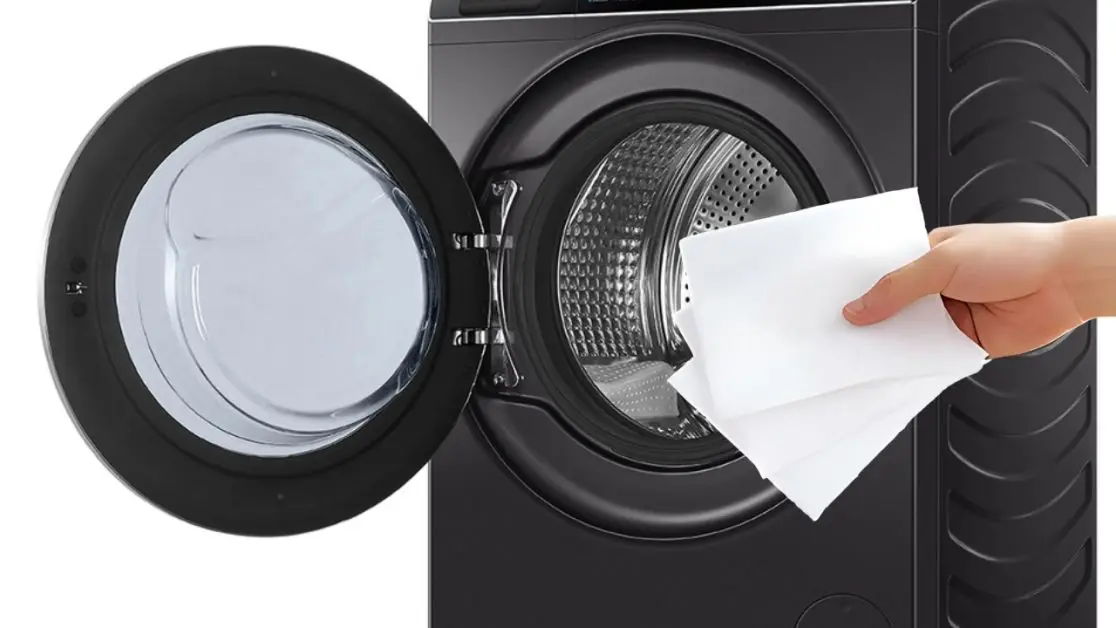An increase in temperature often means it is time to put on those bright summer garments that have been stuffed in the back of the closet. Summer outfits like colorful shirts and sundresses not only add color to our wardrobes, but also bring along a laundry problem. Have you ever taken off your favorite yellow blouse only to find your white shorts had a subtle orange stain? This happens more often than most people expect. Issues like this arise quite frequently, especially when washing brightly colored summer clothing. But here’s the thing: you can maintain your clothes in good condition without triggering a laundry nightmare.
In this article, we will cover the practical measures to prevent summer clothes from color bleeding while ensuring that your summer outfits retain the original vibrance they had the first time you wore them.
What Causes Bright-Colored Clothing to Bleed in the Wash?

Color bleeding in clothes is caused by unlocked bonds of dye that transfer onto other fabric pieces. New clothes are particularly prone to this. They have not been processed thoroughly and thus, have unresolved dye particles. Clothes made from natural fabrics that still retain loose dye molecules are more likely to bleed, while synthetics are much easier to wash. Understanding the cause of color bleeding will help you protect your garments more effectively.
Procedures for Avoiding Color Running in Brightly Colored Summer Clothing
1. Wash New Garments by Themselves on Their First Use
A common mistake is assuming that new clothes don’t require specific attention. In the case of new clothes, especially bright ones, the possibility of excess dye is high. To avoid any transfer of active dye, always wash new clothing independently for the first couple of washes. This helps retain dye that is yet to bond and prevents it from binding to other fabrics. For washing machines, the delicate cycle is the best alternative.
2. Choose Wash Water Temperature with Care
You might be tempted to throw all your clothes into one load on a hot wash, but this method can cause irreversible harm to your garments. Washing clothes at high temperatures can dramatically increase the chances of color bleeding since it loosens the structure of the fabric, releasing dye into the washing water. During the washing process, fabrics are less likely to have resist removed when undergoing a hot wash, so always opt to wash bright colors with cold water. Washing with cold water not only preserves the fabric but also aids in energy efficiency and extends the lifespan of the garment.
3. A Color Catcher Sheet Can Be Helpful

Even if you are exercising a great deal of restraint, a color catcher might be useful if you are particularly concerned with color bleeding during washing. These softer sheets, known as fabric catchers, are designed to soak up color dyes or pigments during the wash cycle. Place one in your wash, and it will help absorb any stray dye so that your other clothes don’t lose their color. This product is particularly useful for bright reds, oranges, and blues, which are notorious bleeders.
4. Do Not Overstuff the Washer
It’s important not to pack the washing machine too tightly. Too much friction among clothes leads to the release and subsequent bleeding of dye. Always leave enough headspace for the clothes to move freely within the washing machine. This will help maintain a relaxed rub and prevent dye transfer. Speaking of relaxation, a gentle washing cycle reduces stress on the fabric, causing less harm to your garments.
5. Use Weaker Detergent
The use of an industrial-strength detergent can slowly strip the color from the fabric over time. When dealing with colored garments, consider switching to a color-safe mild detergent. Some detergents are specifically made to cleanse without damaging the fabric’s color, ensuring vibrancy even after numerous washes.
6. Clean the Outside of the Garment
Brighter clothes should be turned inside out prior to washing in order to reduce the risk of color bleeding. Turning the garment inside out minimizes the damage to the outer layer of the fabric during the wash cycle as the water swirls around the drum. Taking precautionary measures like this will help extend the life of your items and make them easier to clean.
Is There a Way to Stop Color Bleeding on Summer Fabrics?

While no prevention technique suits all fabrics, there are ways to reduce the chances of bleeding and fading. It is crucial to take adequate precautions to mitigate the risk of color transfer and enjoy your summer apparel without worry. In the case of a mishap where color transfer does occur, don’t worry—simple techniques such as using oxygen bleach or a color-safe stain remover can help. Pre-treatment stain removers are also effective in solving this issue.
Frequently Asked Questions on Color Bleeding Stains
What bleeding fabrics can I visually check to know whether they will bleed?
Check the label instructions. If the label says to wash with cold water or advises not to mix with other colors, those are indications that the fabric might bleed. When in doubt, it is ideal to do a solo wash on the initial run.
How do I prevent intended and unintended color bleeding?
If color bleeding is detected, try to resolve the matter immediately. If attempts to conceal it prove unsuccessful, further treatment may be necessary. For problem areas, remove the garment for a few hours before washing it a second time.
Does vinegar work to stop color bleeding?
While many people may believe that vinegar helps with color bleeding, the truth is that it is more effective in setting the dye on fabrics that are already colorfast. For new clothing, it’s best to follow the strategies mentioned above.
Is washing clothes in cold water actually effective?
Definitely! A cold water wash helps preserve the color and prevents it from bleeding. The garment’s fibers constrict in cold water, keeping the dye within the fibers and preventing it from escaping onto other clothes.
By following these suggestions, you can ensure your bright summer apparel stays eye-catching and intact, wash after wash, without worrying about color bleeding. With the right approach to washing, your clothes will stay as vibrant as the season!

